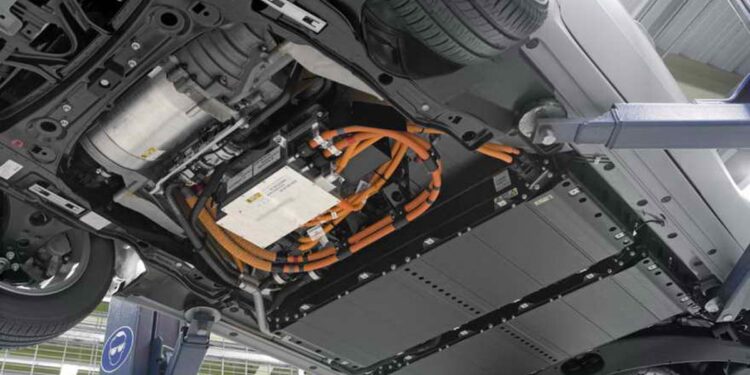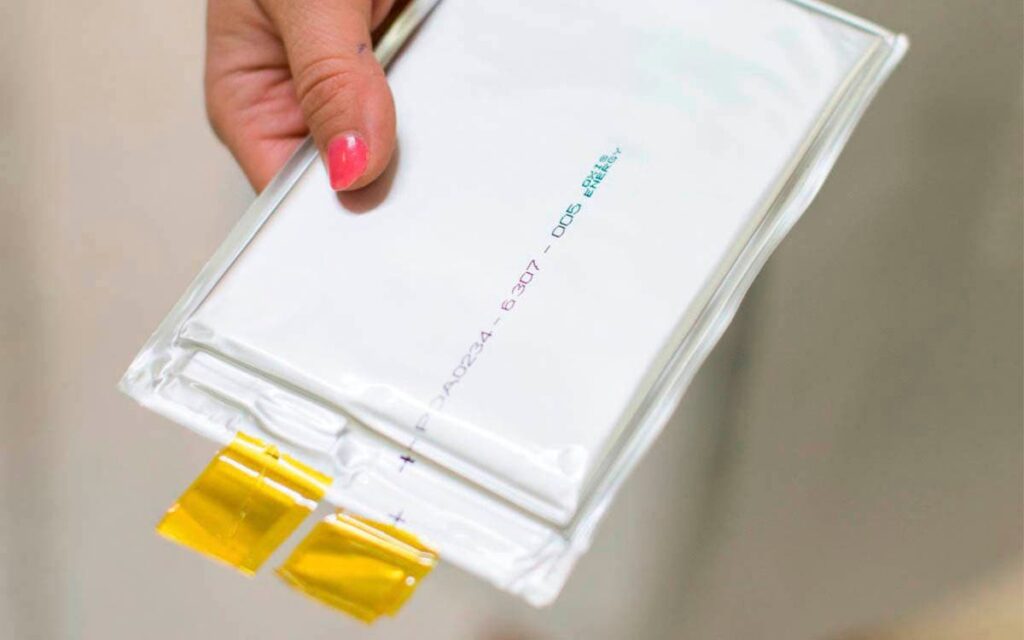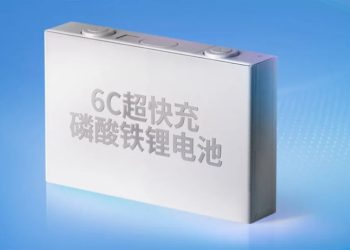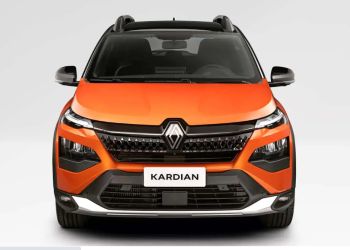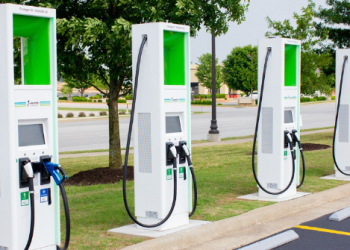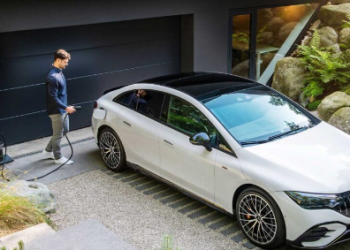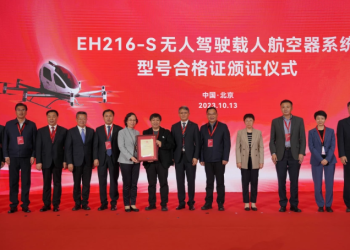The glucose that comes from sugar might make the new Lithium-Sulfur batteries have an energy density to increase between two and five times the overall autonomy of electric vehicles.
This is highlighted by a study conducted at Monash University, Australia, in which researchers show that a base of the sweetener element can significantly improve the length of this new technology, allowing two things: increase the autonomy and reduce the weight of the batteries.
According to Professor Mainak Majumder, lead author of the research, it will be possible to “travel from Melbourne to Sydney without recharging,” representing a real distance of almost 900 kilometers.
Related content: Elon Musk’s Latest “Craze”: Windshield Wipers with Laser Beams
“In less than a decade, this technology could lead to vehicles like electric buses and trucks being able to travel considerable distances without recharging. It could also enable innovation for delivery and agricultural drones where light weight is critical,” the scientist added.
Dr. Mahdokht Shaibani, second author and Monash researcher, highlights that while many of the challenges on the cathode side of the battery have been solved by the team, there is still a need for further innovation on lithium metal anode protection to enable large-scale adoption of this promising technology, innovations that may be just around the corner.
Battery Stagnation
According to an analysis on the subject, published by Business Insider, theoretically, Lithium-Sulfur batteries could store two to five times more energy than lithium-ion batteries of the same weight. The problem has been that, in use, the electrodes deteriorated rapidly and batteries broke down. There were two reasons for this: the positive sulfur electrode suffered substantial expansion and contraction which weakened and made it unaccessible to lithium, while the negative lithium electrode became contaminated with sulfur compounds.
Last year, Monash’s team showed that it could open up the structure of the sulfur electrode to accommodate the expansion and make it more accessible to lithium. Now, by incorporating sugar into the lattice architecture of the electrode, they have stabilized the sulfur, preventing it from moving and covering the lithium electrode.
Glucose’s Role
According to the researchers, it allows the electrodes to be protected from sulfur, as this sugar-derived compound has the ability to resist sediment degradation. In addition, the positive point is that glucose is easy to find and is a degradable material, so it does not generate toxicity in the battery, nor does it increase the cost of production.
Project Support
The process was developed by the Monash team with significant contribution from Dr. Matthew Hill’s Research Group at CSIRO Manufacturing.
The Lithium-Sulfur Battery Research Program at the university was supported by the Commonwealth Government through the Australian Research Council and the Department of Industry, Innovation and Science. In addition, the work has also been supported by Cleanfuture Energy, Australia, a subsidiary of Enserv Group of Thailand.
Enserv Australia expects to develop and manufacture the batteries in Australia, the world’s largest producer of lithium.
Written by I Jhonattan González



